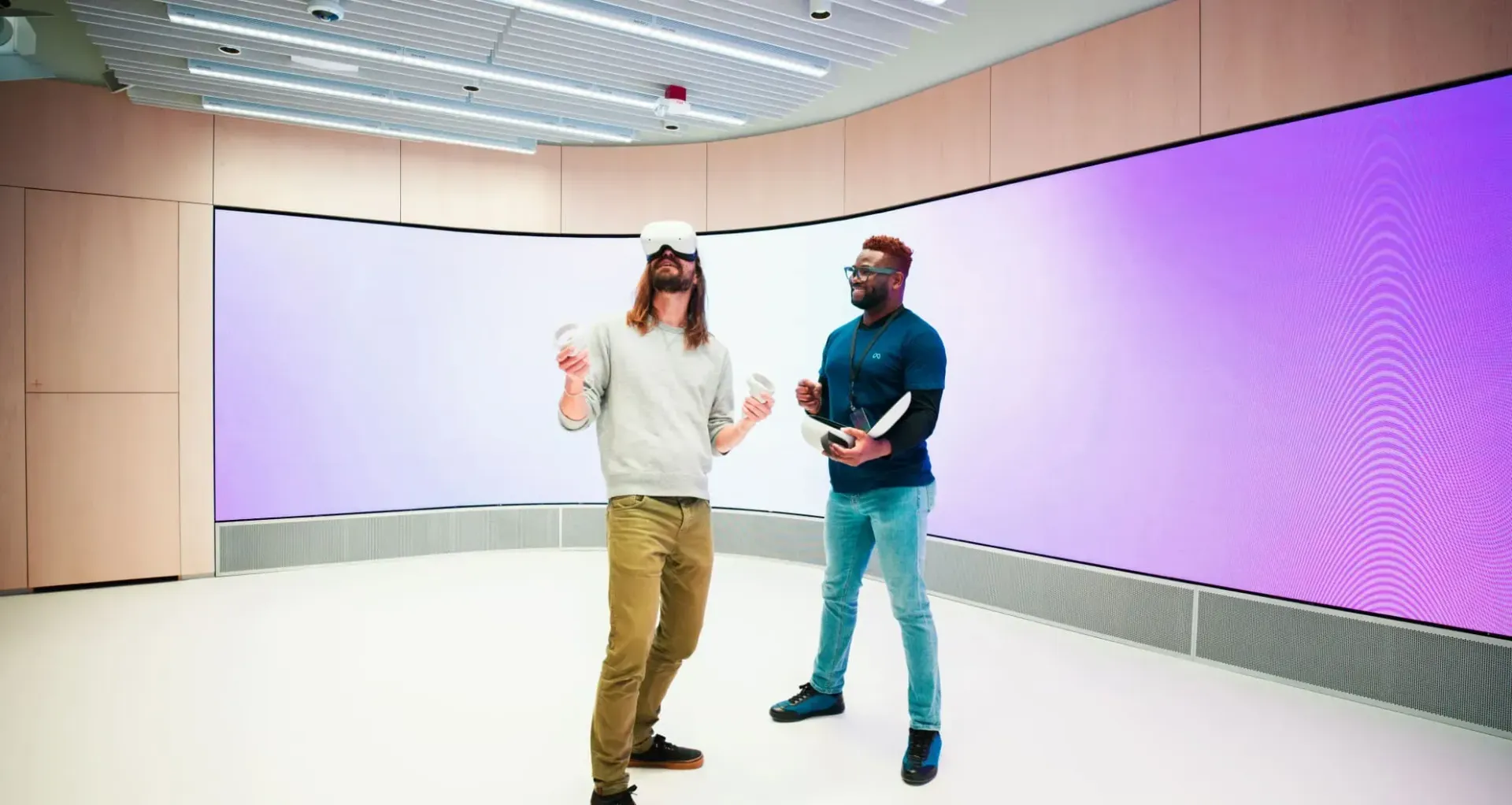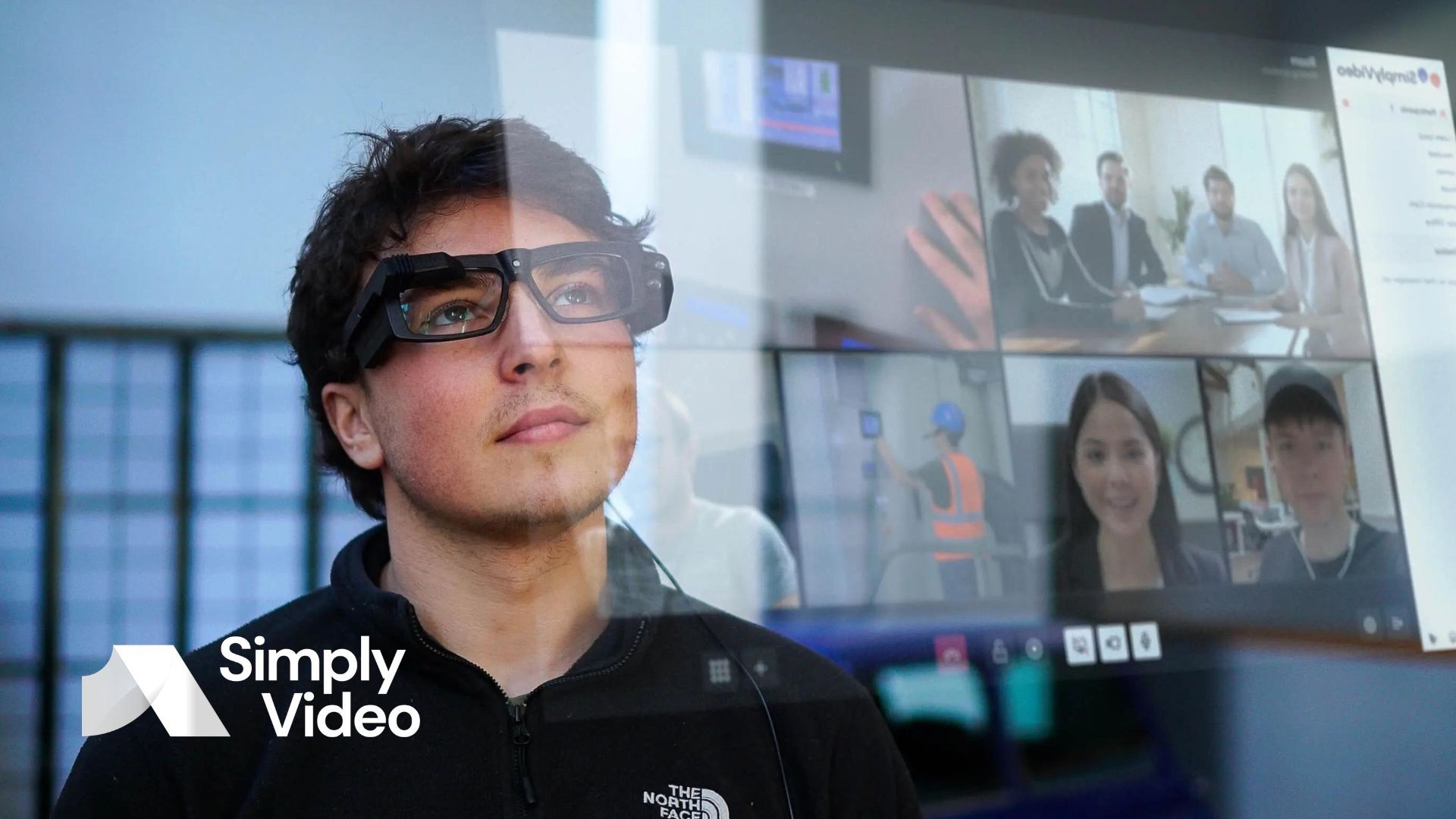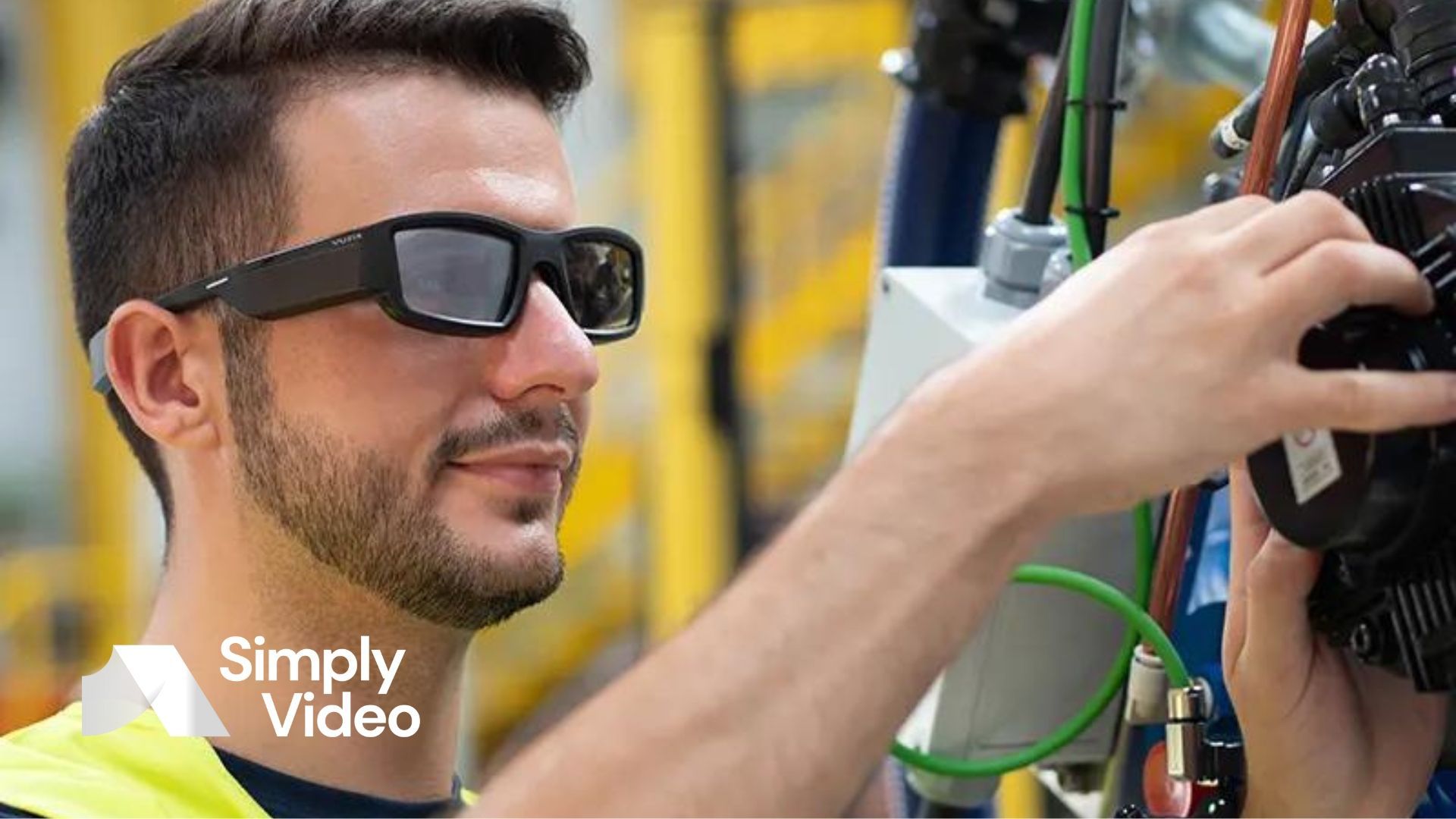Extended reality: immersion isn't always a good thing
XR is all about immersion, right? Wrong. In industrial settings, assisted reality (aR) smart glasses can be a better fit. Discover more in our article.
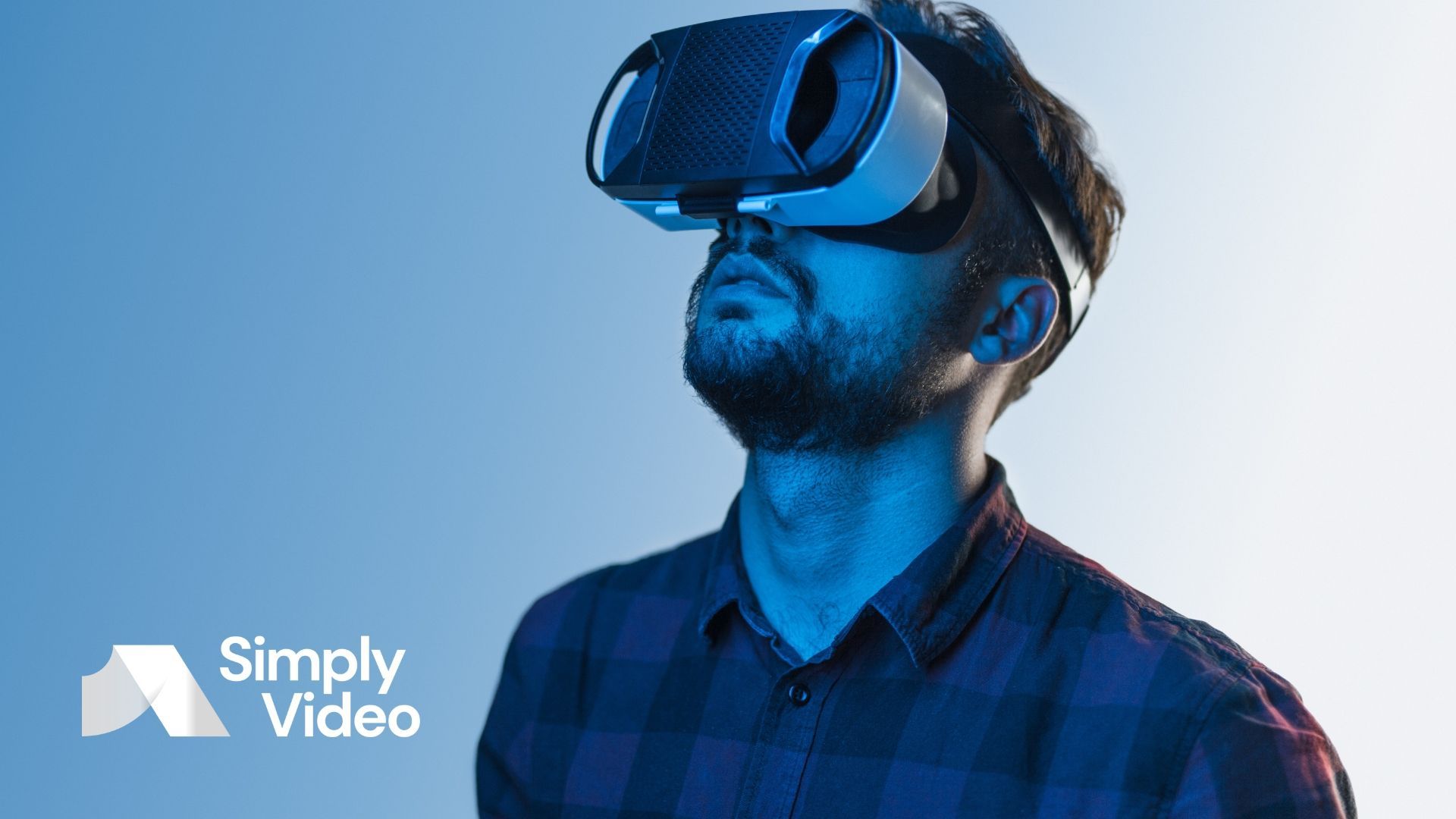
In the world of extended reality (XR), you hear a lot about immersion.
For virtual-reality (VR) gamers, it's all about plunging yourself into a virtual world – whether it's a golf course or a fantasy realm.
And in industrial settings, too – where XR is a key part of a broader digital transformation – you'll often hear the praises of immersion sung from the rooftops.
Let's say you need preparatory training for a hard-to-reach site. It's now possible to put on a headset and explore a simulation of your destination.
But immersion isn't always a good thing. And in industrial settings, you might find yourself better served by assisted reality (aR) smart glasses.
There are a few reasons for this. One is that immersion, like all things, has its downsides. If you're on the factory floor, you need deep situational awareness. This is something that more immersive XR technologies can't provide.
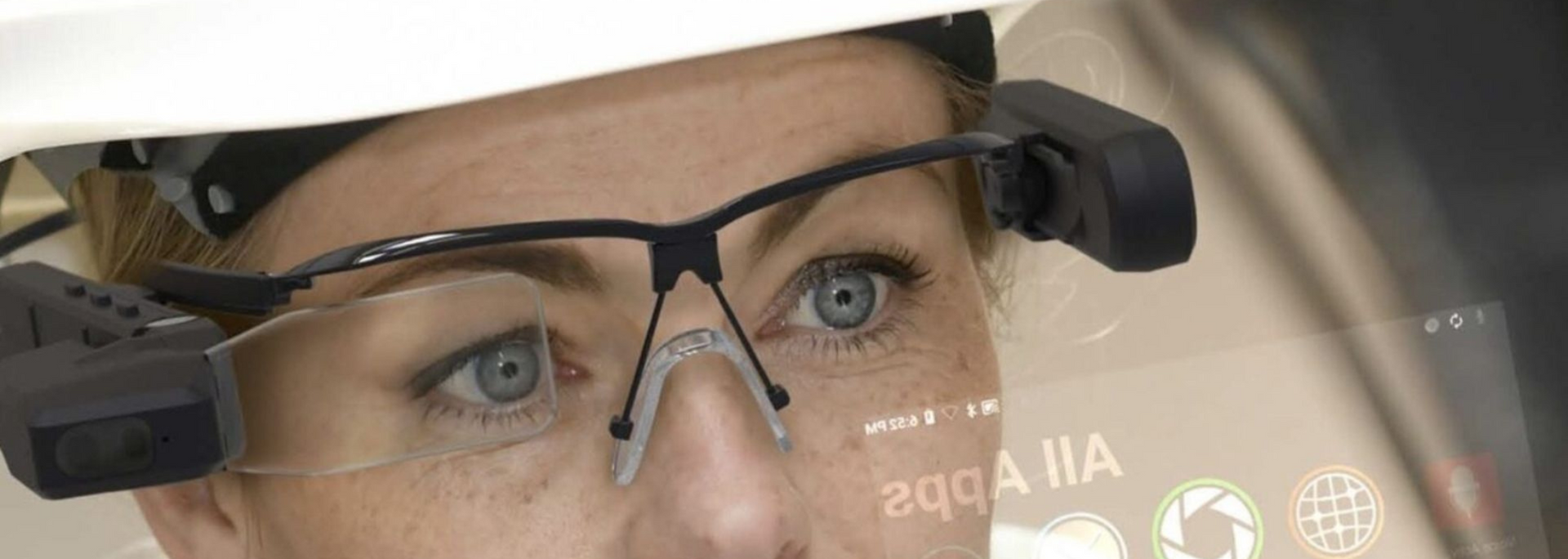
aR smart glasses give you the information you need in the form of a floating screen – one that sits to one side and doesn't get in the way. It allows you to read and follow instructions simultaneously without your surroundings being obscured or blocked out entirely.
This speeds up the process while keeping you safe. There's no risk of being overloaded with sensory information at the cost of your situational awareness.
Let's put it this way. If you're hard at work repairing a piece of machinery, you don't want to be immersed in anything other than the task at hand.
aR, then, is great for instructions, guidance and other documentation – day-to-day situations where high-definition virtual worlds aren't needed.
Before we look at how aR can be deployed in industrial settings, let's get a few facts straight. aR, AR, VR and XR – what, exactly, is the difference?
XR and other acronyms
XR is an umbrella term for technologies that combine the real world with digital elements.
They exist on a spectrum of immersion, from floating text to full-blown virtual worlds.
If you're shooting zombies in a VR arcade, the whole point is that you feel like you're there. This is the most immersive end of XR.
Then there's AR or augmented reality, where digital objects are overlaid on your surroundings.
This is most commonly experienced in the form of things like Snapchat filters, where you see what you'd look like with cat ears or a handlebar moustache. But AR can be found everywhere from marketing campaigns to medical schools.
At the least immersive end of the scale is assisted reality – aR with a lower-case "a". This is where there's only one digital object overlaid on reality – a floating screen on which you can view images and read text.
These different technologies have different use cases. VR is best for offsite training where you need to explore and interact with an environment in detail. AR is best for design, where a team can examine a 3D asset as a group – even if the team members are all in different countries.
aR is best for day-to-day, bread-and-butter tasks. Things like guidelines, documentation and instructions.
Now, let's take a look at how aR smart glasses can be put to use in several industries.
Field service
A big problem faced by field service workers is how to stay safe while accessing information.
If you're repairing a piece of machinery or halfway up an oil rig, it's simply not practical to consult a hefty manual.
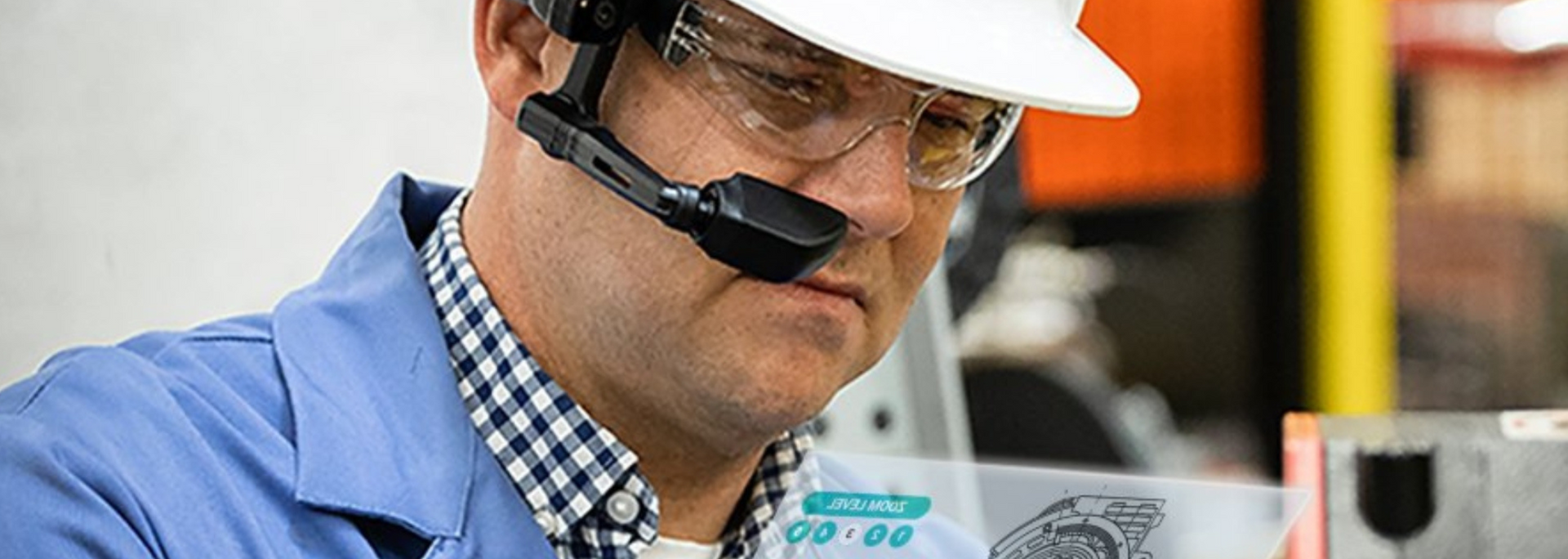
How about smartphones? Well, they've got usability on their side – but a phone in one hand and a pair of pliers in the other isn't a great way to go about things.
What field service workers ideally need is hands-free functionality that allows them to be both safe and informed.
aR smart glasses make this possible, providing hands-free access to checklists, guides and more.
And they're ruggedised for industrial use. They're built to be used with helmets, bump caps and safety goggles – so they integrate seamlessly into your workflows.
No matter how hazardous the environment, aR glasses provide convenient, hands-free access to essential documentation.
Manufacturing
Does this scenario sound familiar? A piece of crucial equipment breaks down and production grinds to a halt.
You need an outside expert to come in and get things back up and running. But that means waiting. It means travel costs. And, above all, it means downtime.

aR smart glasses can make this kind of scenario just a distant memory. Companies can kit out their workers with aR glasses and video conferencing software.
In this new way of working, staff can call remote experts with a simple voice command.
This means you can bounce back from machinery failure, cut travel costs and boost collaboration in one fell swoop.
Energy
The energy industry is full of hazards. PPE isn't enough – staff also need deep situational awareness to ensure that both they and their facilities are safe.

High-quality training, then, is of the essence. And while it can be done well, it often isn't.
Most of us have experienced a training session that simply didn't stick. The answer to this is often to keep on repeating the training, with all the time and money commitments that entails.
aR provides a solution to this. A trainee can pop on a pair of aR specs and follow easy-to-summon, easy-to-read instructions about how to work with an essential piece of machinery or equipment.
It's cost-effective, reliable and, above all, safe. It means that trainees aren't jumping back and forth between hazards and manuals.
aR glasses also provide "see-what-I-see" functionality. This is where the trainer can see through the trainee's glasses and offer remote feedback via video link. With SimplyVideo – our
video collaboration platform – they can even annotate what they see. This is a huge improvement on purely verbal feedback.
So if you want to enhance – and speed up – your training, aR glasses could be the answer.
Here at SimplyVideo, we provide XR-enhanced remote collaboration tools that can be used in conjunction with aR smart glasses. Interested?
Sign up for a free 30-day trial.
